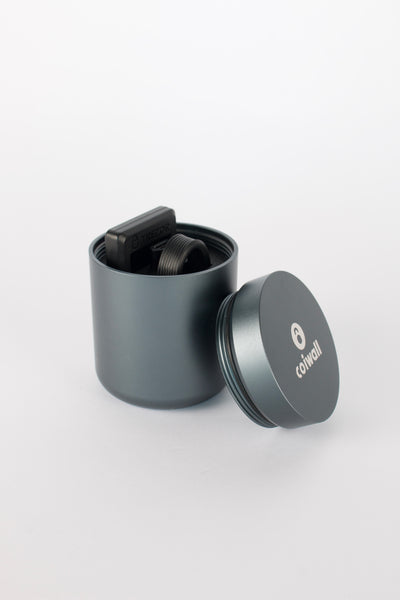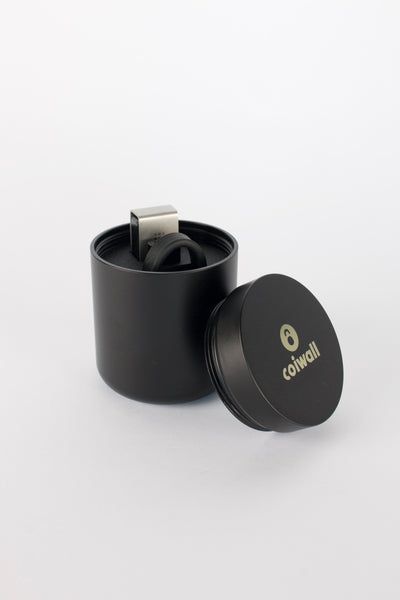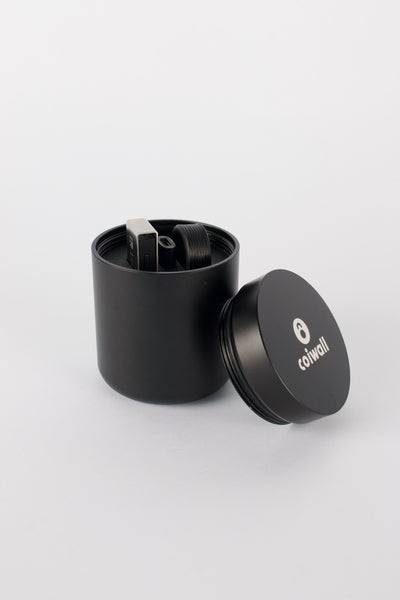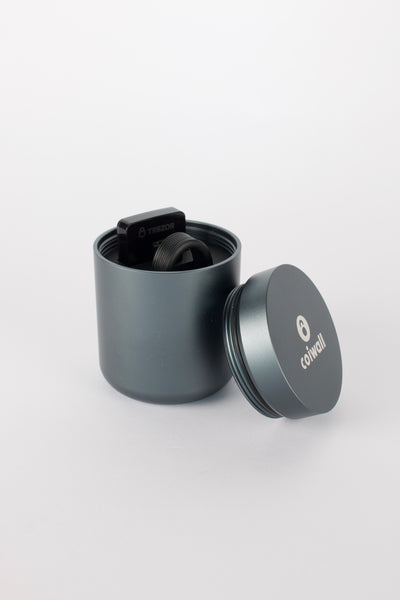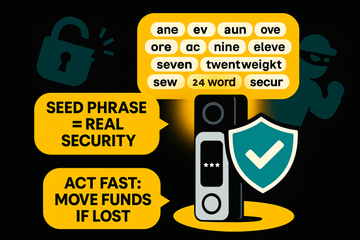Let's cut straight to the chase: if you're into crypto, a hardware wallet is kind of like the steely doorman for your digital assets. But just because it feels secure doesn't mean you're invincible. What if you wake up one morning and—poof—the device has vanished from your drawer? Heart in your throat? Trust me, you’re not alone. Plenty of folks have ridden the emotional rollercoaster that is the missing wallet ordeal. But what actually happens if someone snags your Trezor or Ledger wallet? Chaos? Or just a big headache with a weird sense of déjà vu? Let's walk through it, step by step, so you know how to respond without panic—or a Shakespearean tragedy-level meltdown.
Wait, How Secure Are These Things Anyway?
First, a little clarity. Companies like Trezor and Ledger have turned crypto hardware wallets into household names for good reason—they're designed to keep private keys out of hackers’ greasy paws. Even if someone physically snatches your device, it's not like grabbing a suitcase stuffed with cash. There's cryptographic magic at play.
These wallets require a PIN code to unlock. Usually, you get several attempts—sometimes just three—before the device either wipes itself or enforces a time delay that gets longer (and more infuriating) with each wrong guess. Do most thieves know your PIN? Not likely. Can sophisticated attackers try side-channel attacks or advanced hacks? It's rare, requires serious resources, and typically isn’t worth their time. For everyday folks? Your chances are pretty decent if you act fast.
Uh-Oh: My Hardware Wallet Is Gone. Now What?
Let’s not sugarcoat it: the moment you realize your hardware wallet is missing, your stomach drops. Maybe your bag was jostled on the subway; perhaps your roommate 'borrowed' your laptop and got confused. However it happened, the steps you take next can make all the difference.
- Stay calm—breathe. Panic can scramble your thoughts. It’s just hardware; the keys aren't gone yet.
- Double-check your spots. Seriously, it happens. Check between the sofa cushions, pockets, even cookware (kids are weird).
- Assume the worst, act now. Once you're certain it's missing for good, treat the situation like someone is actively trying to access your funds.
Recovery Seed: The Real Crown Jewel
Here's the thing: your hardware wallet itself is more like a fancy safe; the real treasure isn’t the device—it's the 12, 18, or 24-word seed phrase you scribbled down (or, let’s be honest, stashed somewhere 'super safe'). If someone gets this recovery phrase, they basically have your digital fortune on a silver platter.
But most thieves just take the device. Unless your seed phrase was taped to the back (not judging, but maybe hide it better next time), they're left with a flashing brick. If your backup is secure and untouched, your crypto is probably safe. That backup seed? That’s your ace in the hole if things go sour.
Act Fast: Move Your Funds Out
Once you’ve confirmed your hardware wallet is truly lost or stolen, speed is your friend. Here’s the simple process:
- Grab your backup recovery phrase. Find it (it’s worth double-checking, even if it means sifting through wedding cards or old shoe boxes).
- Restore your wallet on a safe device. Ledger, Trezor—doesn't matter. Download the respective app, follow prompts, and input your seed phrase somewhere private (no public WiFi, please).
- Transfer your funds to a new address on your newly initialized device. Choose a brand new hardware wallet if you can, or create fresh wallet addresses. The idea? Don’t leave your assets sitting at an address the stolen device can theoretically still access.
It's a bit like moving house right after a break-in. Yes, it’s inconvenient, but your peace of mind is worth a little hustle.
But What If Someone Actually Gets Into Your Device?
Okay, let’s play devil’s advocate. Is it possible? The cold, technical answer: yes—for the determined, resourceful, and technically gifted, hardware wallet security has its limits. Maybe you used a weak PIN (0000, really?), or, in a nightmare scenario, someone got both your wallet and your recovery phrase. Worst case, you might lose your funds—same as you would with a lost bank password and an easy-to-guess security answer.
Still, unlike hot wallets or exchanges, it’s a slow-motion heist. You almost always have time to intervene. That’s why hardware wallets remain the gold standard for most people—just remember, even Fort Knox has a back door if you’re careless.
Pins, Passphrases, and Paranoia: Layer Up
Here’s where most users stumble—thinking a simple PIN is enough. Truth is, an extra passphrase (sometimes called a 25th word) can provide a killer layer of security. If someone finds your device, guesses your PIN, but doesn’t know your passphrase, your main stash stays invisible. Some crypto folks use decoy wallets or smaller 'decoy' balances for casual use, saving the big reserves for a wallet locked with an extra passphrase only they know. Layering up never hurts, even if it feels, well, a smidge paranoid.
What About Reporting the Theft?
This is one of those questions everyone asks. Should you ring up the police? File a report with Ledger, Trezor, or whatever company made your wallet? The answer: you can, but be realistic about what'll happen. While it’s helpful for insurance or fraud investigations, law enforcement can’t trace your private keys or magically disable your device. At most, you’ll get a report number (helpful for peace of mind, if nothing else).
Your wallet provider might note serial numbers or flag it in their system, but that’s about it. The recovery and re-securing of your crypto? That’s still up to you.
Loss-Proof Habits Worth Picking Up
If this whole thought experiment is making you sweat, it’s probably time to review your own crypto security hygiene. Some gentle reminders (which you’ll thank me for later):
- Never store your seed phrase digitally. Not in your phone’s notes app, not in email, not even as a photo. Too risky.
- Consider metal backups. Water, fire, time—none of these play nice with paper. Metal seed backup plates can be lifesavers—in a very literal sense.
- Avoid sharing PINs or passphrases. Even with people you trust, temptation (and mistakes) happen.
- Stay updated with wallets like Trezor or Ledger. They regularly patch security flukes, so keep your firmware fresh.
It's a lot, but then again, so is your peace of mind. Security’s about layers, not perfection. If you’re prepared, a lost or stolen device is just an inconvenience—not a catastrophe.
So—What Happens If Your Hardware Wallet Is Stolen?
Here’s the honest truth: if your recovery seed is safe, your funds are safe. If your seed’s exposed, you’re in danger—simple as that. The physical wallet? It’s a flashy shell; the real keys are always in your words, not the device.
If you’re reading this before disaster strikes, take it as a nudge to audit your crypto security now. Coffee, calendar reminder, and all. Because in crypto, as in life, it’s better to sweat a little now than cry a lot later. You know what I mean?

